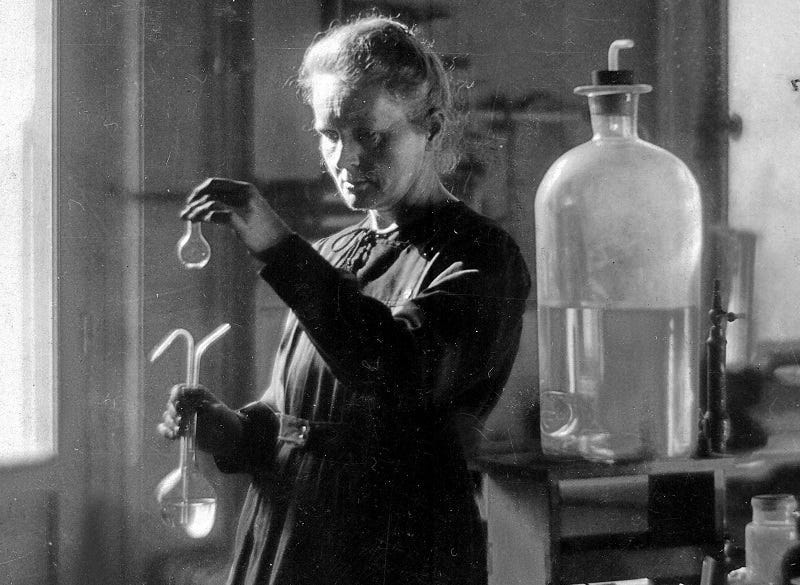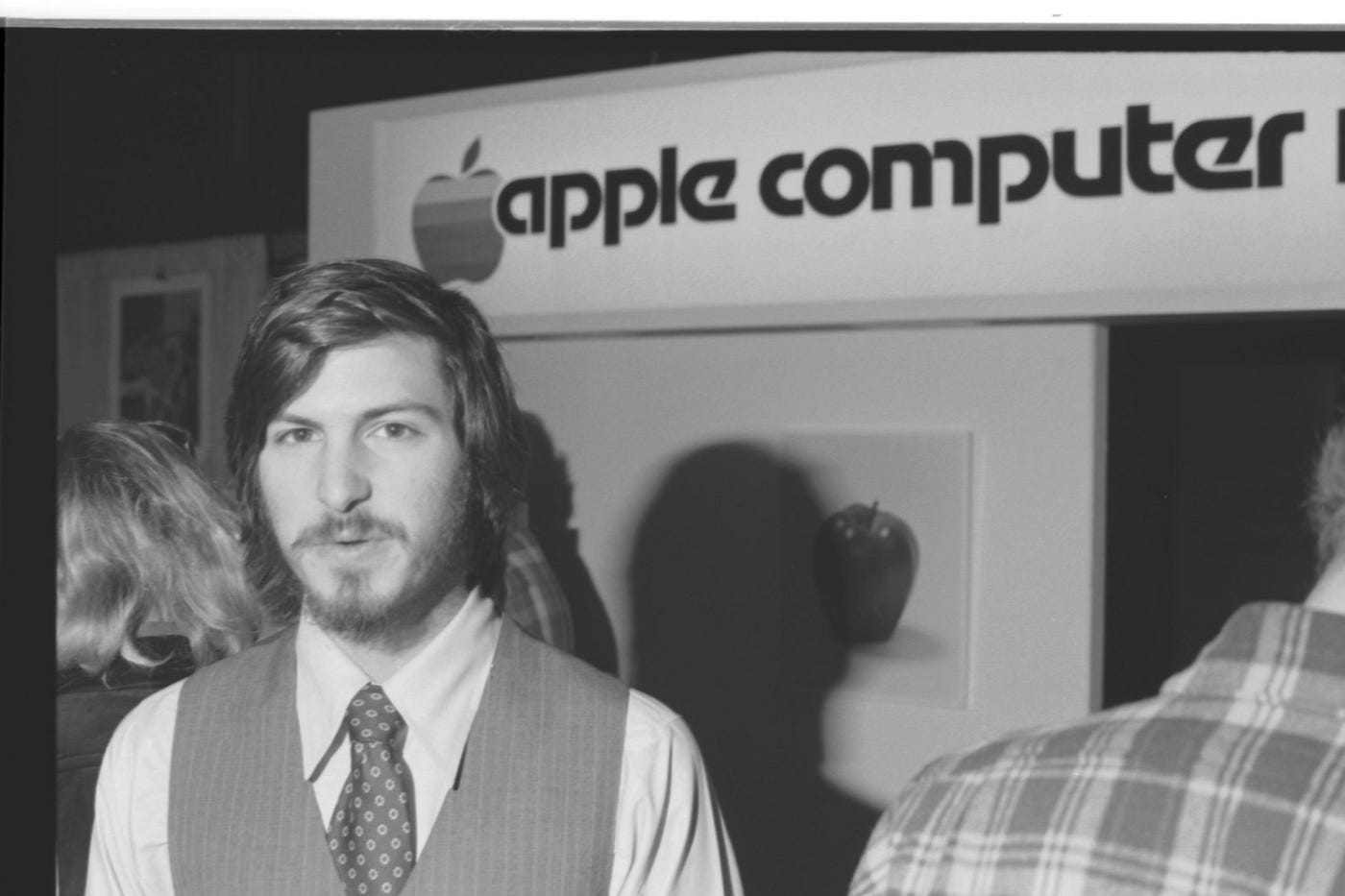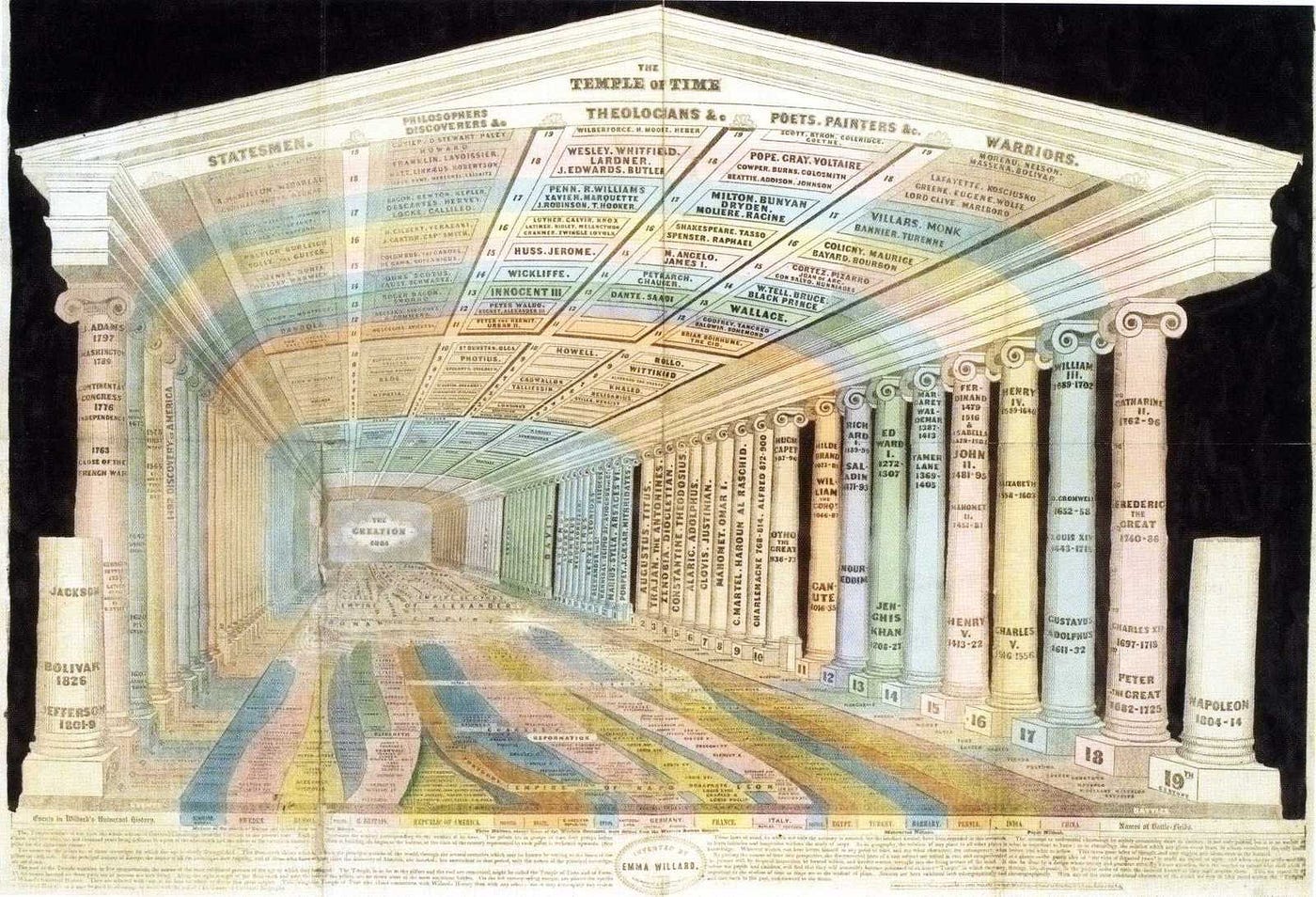I Studied The Smartest Minds In History So You Can Crush it In 2024

Hey hackers, it's Zaur from 404trends.com I'm back with another article to make your life better.
The first thing I want to tell you is - You’re a creative genius. If you're thinking otherwise, let me prove it.
I know it's long read, you can bookmark it to read later. Or as I usually do, reading in chunks for better understanding.
So hear me out.
You’re not stuck with the brain you were born with.
We often look at people like Leonardo da Vinci, Albert Einstein, Marie Curie, Steve jobs or Richard Feynman as if they were born with superhuman abilities.
But the reality is, they weren’t so different from you and me. The key difference lies in how they trained their brains to think differently.
Da Vinci was known for his insatiable curiosity. He loved connecting ideas from different fields. He was a keen observer, always watching the world around him. Recorded his thoughts and drew sketches in his notebooks.
Einstein had a unique way of thinking. He would imagine hard-to-grasp ideas in more relatable ways. He called these his thought experiments.
Curie was known for her strong commitment to her work. She was very careful and organized in how she did her research. Interesting, right? Let me tell you something else.

Your brain is a fascinating mechanism.
Think of your brain like a toolbox.
Inside are different tools. They help you think. They help you remember. They help you pay attention. It has billions of tiny parts called neurons. They talk to each other using electricity and chemicals. This makes patterns called brain waves. Different patterns mean your brain is in different states, like being focused or relaxed.
Brain plasticity is also called neuroplasticity. It is the base of human experiences. Everything you do starts in the brain.
All physical, mental, and emotional activities of human beings start from and revolve around the brain. All of these are possible because of neuroplasticity.
The brain can rewire itself based on new experiences. Like a muscle, the more you exercise certain parts of your brain, the stronger those neural connections become. As a result, you’ll sharpen your memory and logical thinking and become healthier and happier.
Let go of the notion that your brain is fixed and unchangeable.
You have the power to shape your mind and unlock your creative potential. Let’s have a look at the methods to help you develop these new cells and develop brain plasticity.
Unlock Your Natural Creativity
Think of something you’ve always wanted to try.
If it’s learning new skills. Be precise about what you aim to achieve. For example, learn presentational skills. Or study a new programming language.
Expand your professional network. Meeting people from different backgrounds and experiences can expose you to new ideas, perspectives, and knowledge. This cognitive stimulation can help keep your brain active and engaged.
Change your environment. Steve Jobs is a good example. He left college. He went to India and saw different ways of life. In 1974, Steve Jobs and his friend Dan Kottke went to India. They wanted to find spiritual meaning. They wanted to understand life better. He started practicing Zen Buddhism. Which taught him to focus on simplicity, intuition, and the present moment. In 1976, Jobs co-founded Apple with Steve Wozniak. His trip to India changed his life. It changed how he did business and how he made products. He focused on products that were not only look good but made people feel something.

When you travel to a new country, you’re forced to navigate unfamiliar customs, languages, and ways of life. This mental exercise strengthens your brain’s ability to adapt and think creatively. For instance, trying to communicate with locals in a foreign language activates different neural pathways than your native tongue.
Teach Someone
Teaching is essential for learning. Teaching is crucial not only for students but also for the teacher. It forces him to review and reassess his knowledge, keep his mind active, and occasionally lead to new ideas and approaches.
If you’re thinking that you don’t know what to teach, well, you do. Everyone has something they know more than others. Think about what other people are asking for advice from you. Or try to remember something that you learned recently.
One of the fastest ways to start teaching is to start writing online. Just pick up the topic you’re the most excited about. Learn the hell out of it. And write in your own words about this topic. It’s one of the best ways to learn and to teach (and grow your audience as a bonus).

Richard Feynman, a famous physicist who won a Nobel Prize, had a great way of learning and explaining things. He believed that when something seems too complicated or uses a lot of fancy words, it’s often because someone doesn’t really understand it well. His method for learning has four simple steps, and the one of them was explain it like you’re teaching a child. Explaining a concept like you’re teaching it to a child is effective because it helps you break down complex ideas into simpler terms. This makes you understand the topic better and clarify any confusing parts.
Create Your Memory Palace
The method of loci, also known as the memory palace technique, is a mnemonic exercise that involves visualizing familiar locations to help remember information.
Here’s how it works.
Choose a familiar location or route as your “memory palace”. This could be your home, a frequently walked path, or a well-known building. For example, imagine your house is like a personal memory storage unit. Each room represents a different section to store information.
Identify specific locations or “loci” within your memory palace. These serve as the storage points for the information you want to remember. For example, in your home, the loci could be your front door, couch, kitchen sink, dining table, etc. The locations should be distinct and follow a logical order.
Now, associate each piece of information with vivid, bizarre, or exaggerated mental images.
The more visually striking and memorable the image, the better. Let’s say you need to remember a grocery list: eggs, milk, bread, apples, and cheese. In the living room, picture a gigantic egg cracked open right in the middle of the floor. A weird and silly image like that will stick in your mind. Go to the kitchen and see a huge puddle of milk all over the counter and floor. Then, the bathroom door is blocked by an enormous loaf of bread. And so on.
To recall the list later, just mentally revisit each room of your home in order. The bizarre images you planted will pop back into your mind — the egg for eggs, milk puddle for milk, and so on.

With practice, you can create multiple memory palaces for different topics or categories of information. You can use this technique for any type of information — not just lists (like storing your crypto wallet key). The rooms of your home become your personalized memory palaces to store data in an organized, visual way. It may seem strange at first, but giving your brain memorable visual hooks is a powerful trick for remembering almost anything.
Fictional character, Sherlock Holmes, the famous detective created by Arthur Conan Doyle is often portrayed as using a “memory palace” (a variation of the method of loci) to store and recall vast amounts of information
Absorb Everything, Like a Kid In a Candy Store
Reading gives your brain a workout.
It strengthens the brain’s neural networks and increases connectivity in areas related to language, sensations, and movement. Reading also improves your concentration and enhances your imagination and creativity.
Don’t limit yourself to books within your area of expertise. By reading across different domains, you give your brain a rich variety of knowledge to work with. This allows you to connect ideas from separate fields in novel ways.
Explore beyond bestsellers. When you read the same popular books as everyone else, you gain knowledge, but it’s the same knowledge that many others have. Best-selling books are often written to appeal to a broad audience, so they may not dive as deep into specialized topics.
Actively seek out lesser-known works in fields that interest you. The diverse knowledge you absorb can lead to unique insights that set you apart from the crowd.

Leonardo da Vinci had a remarkable ability to make connections across different disciplines. He integrated knowledge from areas such as art, science, anatomy, and engineering, allowing him to approach problems from diverse perspectives and create innovative solutions. This interdisciplinary approach was a key factor in his genius and groundbreaking work.
Originally posted here

Great share!
I would also add reading the book "steal like an artist" -- so many billionaires read it
Studying the beginnings of Benjamin Franklin is extremely helpful as well
What other resources would you recommend?
Great point! I'd recommend diving into how the human behavior works so you can use these studies to trick your mind being more productive. Behave - by Robert Sapolsky might be a good start
The article is excellent, but the real challenge lies in embracing the journey of life with patience and effort. I strongly believe in encouraging individuals to take proactive steps in cultivating a perspective that allows them to perceive things differently and effectively apply their knowledge. Taking action and actively engaging in tasks is paramount.
you're right, everybody wants a magic pill, but it's hard to do consistent work
great post! thanks for sharing
Thanks for the feedback!
So many things to like about this -
Agreed. It's interesting you mentioned Einstein's thought experiments - Something I always feel like he 'learned' that changed his brain (and I haven't seen mentioned much) is his first job as a patent clerk for 7 years. I think any job where you're sorting ideas all day gives you an incredible pattern matching ability.
I think I read this somewhere, can't recall where lol.
1000%! It's also amazing to be talking to someone, and they can reference themselves/their ideas and give you a link. It's so powerful when someone casually drops, "Oh yeah, I wrote more about this at MyName.com/Idea224"
If you're interested in reading about Einstein thought process, I highly recommend reading about active imagination proposed by Carl Yung.
This post is a nice reminder that we all have the ability to be creative; it just takes training our minds to think differently.
exactly, like machines 😆